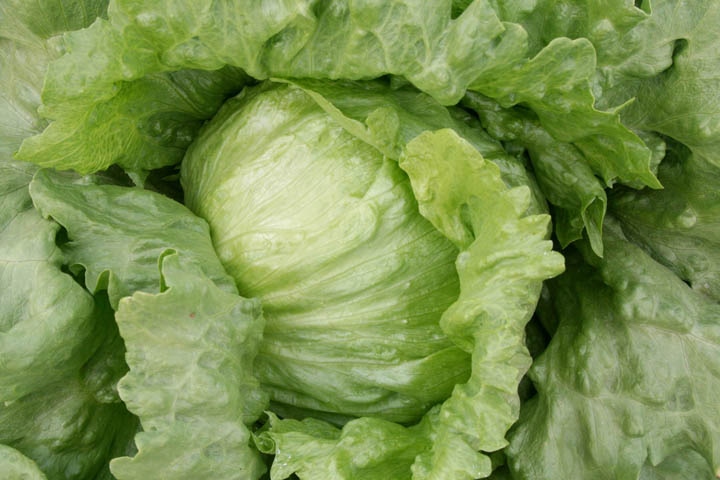
Researchers find better way to protect organic produce consumers
Researchers have been testing various methods to reduce E. coli 0157:H7, as well as two other strains of foodborne bacteria, Salmonella and Listeria monocytogenes, on organic fresh lettuce. They are now able to successfully achieve their goal by submerging the produce in an ultrasound tank containing minimized amounts of malic, lactic, and citric acids.
February 16, 2011

Thanks to Washington State University food scientist Dong-Hyun Kang and his colleagues, the rising number of organic produce consumers around the world may soon be able to enjoy their fruits and veggies with less risk of food-borne illness than recent headlines have suggested.
For the past nine months, researchers in the School of Food Science have been testing various methods to reduce E. coli 0157:H7, as well as two other strains of foodborne bacteria, Salmonella and Listeria monocytogenes, on organic fresh lettuce. They are now able to successfully achieve their goal by submerging the produce in an ultrasound tank containing minimized amounts of malic, lactic, and citric acids.
Kang said the combined treatment of ultrasound and organic acids has potential for other types of produce as well. However, the research showed that some organically grown fruits and vegetables, such as tomatoes and strawberries, have skins that are too sensitive to withstand the powerful treatment.
Despite some limits on its range of use, Kang believes this approach is a feasible way for processors in the food industry to sanitize most types of fresh produce. “Even local growers could adopt this technology today if they wanted to. It is that simple and straightforward,” Kang said. “We developed a simple method because if a procedure like this was difficult at all, no one would use it.”
Not only is this new method easy to use, it also has the potential to save the organic food industry a lot of money. According to Kang and his fellow researchers, organic acid treatments alone are effective but expensive. Adding ultrasound allowed Kang to reduce the quantity of organic acids needed in the solution from 2 percent to 0.5 percent.
The next step will be to conduct the combined treatment on a larger scale to determine the needed process conditions for organic food industrial applications. The complete results of the current study are forthcoming in the International Journal of Food Microbiology.
You May Also Like



